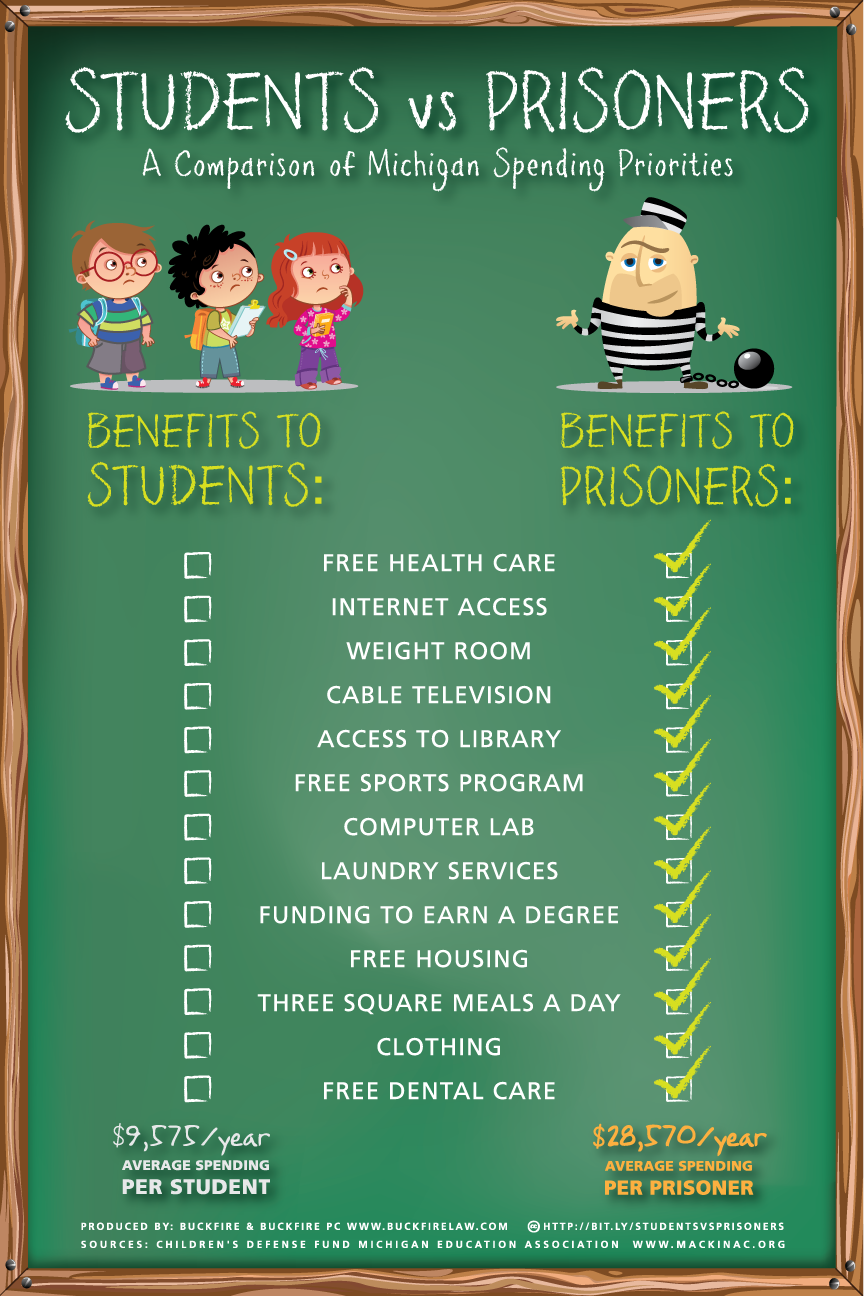
How has internet changed education infographic from SEO.com explores what kind of impact the Internet has on education. Ever had a question and found yourself on wikipedia? Apparently your not the only one!
If you want evidence of the way the internet is pervading every aspect of our lives, you need look no further than its effect on education. The internet and social media have dramatically changed both teaching and learning.
In fact, most students’ (an incredible 93 percent) first instinct when confronted with a research problem is to turn to Google or Bing to get information rather than going to the library, and despite the best efforts of faculty to discourage its use, Wikipedia is the research resource that is used most often. It’s not only students that are turning to the web, however. A whopping 90 percent of faculty uses social media in the courses they’re teaching, and 8 in 10 have used online video in class. In addition, colleges and universities are reaching out to students in a way they never could before—85 percent of admissions offices use some sort of social media, from video blogging to social networking.
Great clean design. Easy to read and the visualizations are easy to understand. The only visual I had an issue with was the grid of icon people. It’s hard for readers to grasp quantity when the rows aren’t 10 people across, but 33 people across is a very odd number. 33x17=561, 561x10,000=5,610,000, which is less than the “Over 6 million” number on the text.
I’m not sure why the 8 out of 10 faculty data point is shown as 6 out of 8 people in the visualization???
The sources are all listed on the original landing page, but because they are in the infographic design, they are lost whenever someone shares the infographic on another site (like this one), and that hurts the credibility of the design. That’s one more reason the original landing page URL should be included in the design as well.
Found on WiredAcademic









 Randy
Randy






